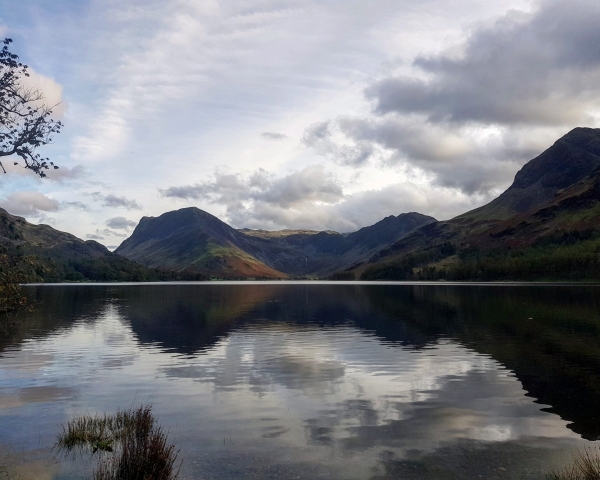APEM Group brings third Australian environmental consultancy i...


Lakes and ponds can be considered as underwater islands in a sea of land and, like true islands, their ecology is particularly susceptible to invasive species.
Invasive species are a major contributor to the loss of global biodiversity, with particularly severe consequences on isolated islands. Lakes and ponds, like islands in a terrestrial sea, are at a high risk of invasion with serious consequences.
The impacts of Invasive and Non-Native Species (INNS) are now well documented, and they are widely considered to be one of the top threats to global biodiversity and ecosystem function (as well as impacting human health and economic activity).
Islands, frequently supporting a disproportionately large number of species for their size, are highly susceptible to the impacts of invasive species, as evidenced by high rates of endemic species loss, with invasive species often to blame.
Inland freshwater habitats such as ponds and lakes share many properties with islands when compared to the terrestrial mainland: they are limited in size, have well defined boundaries (which separate them from surrounding habitats for many species) and are habitats that support disproportionately large number of species for the area of land they occupy. In this way freshwater habitats can be thought of as ‘underwater islands’.
As with their terrestrial counterparts, the emphasis has been long been placed on preventing potential INNS from arriving within these islands in the first place and minimising the risk of them moving around once established.
This is because it is much cheaper to resource preventative measures than the long-term eradication of an established INNS. In fact, the imperative is even greater for freshwater environments given the technical challenges working in aquatic conditions, as well as the tendency of aquatic species to have very high reproductive rates.
Several approaches have been developed to better prepare to prevent these species from arriving and limiting the spread of those already here. ‘Horizon scanning’ exercises help to identify species of particular concern before they arrive, while ‘pathway risk analyses’ map out the potential routes of introduction for invasive species (for example via recreational water users).
‘Pathway action plans’ identify measures that minimise the risk of INNS transfer along a given pathway. Robust biosecurity is essential to ensure the risk of INNS movements is reduced as much as possible, with the ‘Check, Clean, Dry’ campaign specifically designed to reduce the risk of movement of aquatic INNS.
Whilst prevention is better than cure, there will be some cases where introductions have already occurred. Our technical understanding of both the ecology of INNS and the approaches that can be deployed to control them is rapidly increasing, presenting exciting opportunities to trial novel methods to reduce the impacts of aquatic INNS and possibly eradicate them.
Successful island eradication attempts have been completed on progressively larger areas of land, from 1-10 hectares in the 1970s to over 10,000 hectares in the 2000s, and now INNS biologists have shifted their sights to tackling much larger and more ambitious mainland INNS populations.
The relative geographic isolation of our underwater islands lowers the probability of reinvasion, making long-term control or eradication much more feasible and with increasingly more effective pathway management the eradication of aquatic INNS for underwater islands is starting to look increasingly possible.
Indeed, here at APEM we have carried out a successful eradication of an established population of signal crayfish in a Scottish reservoir, showing that with dedication and meticulous planning it can be done.
The INNS team at APEM can provide support with all stages of INNS management. We are currently involved in projects focussing on the design and installation of preventative measures, conducting invasive species monitoring work and designing bespoke management/control plans for established widespread invasive species populations.
The scale of our work ranges from individual species management at specific waterbodies, to regional approaches to raw water transfer schemes and even advising on national strategy. Whilst we are knowledgeable in all areas of INNS management, our team has specific expertise in the management of aquatic and riparian invasive species such as the control of invasive crayfish species.


APEM Group today announced further expansion to our Australian business as AARC Environmental Solutions.
+ Read more

We are pleased to announce the appointment of APEM Ltd to the Environment Agency’s fourth generation Ecological Services Framework as an approved contractor
+ Read more

APEM Group today announced further expansion to our Australian business as Attexo joins the group
+ Read more

APEM Group strive to make a tangible contribution to our shared environment, for the benefit of society and all of our stakeholders. Read our ESG report now.
+ Read more